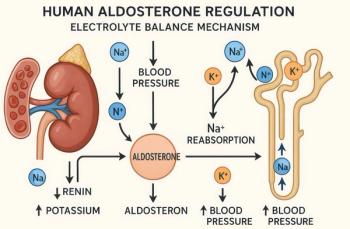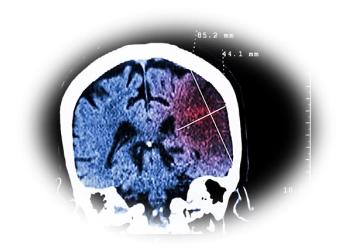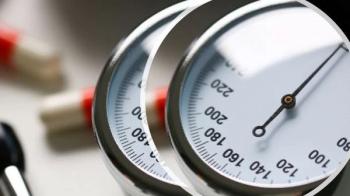
3D Printing Technology in Cardiac Procedure Planning
What if you could test the fit and function of a cardiac device in an exact replica of your patient's heart and head off complications before you start?
Until recently, three-dimensional printing (3DP) was a whiz-bang 21st century technology that could create a volumetric model of, increasingly, just about any object one could think of-a table, a car part, a roof truss. The art and science of 3DP just got much closer to my home with reports of how the process is being used in cardiac procedural planning where the technology may have a new niche.
[[{"type":"media","view_mode":"media_crop","fid":"40107","attributes":{"alt":"©SebastainKaulitzky/Shutterstock.com ","class":"media-image media-image-right","id":"media_crop_1472641177811","media_crop_h":"0","media_crop_image_style":"-1","media_crop_instance":"4068","media_crop_rotate":"0","media_crop_scale_h":"0","media_crop_scale_w":"0","media_crop_w":"0","media_crop_x":"0","media_crop_y":"0","style":"height: 337px; width: 300px; float: right;","title":"©SebastainKaulitzky/Shutterstock.com ","typeof":"foaf:Image"}}]]
An important application of 3DP appeared in a
With this sophisticated pre-procedural understanding of the three-dimensional interactions of the closure device with the personalized model of the appendage, the authors postulated that use of 3DP to understand anatomically complex structures may be able to decrease post-procedural complications. In particular, 3DP may be useful for minimizing pericardial effusions and incomplete left atrial appendage exclusion, both a result of poor device-substrate contact.
Additional larger studies are needed to determine whether such 3DP and modeling improves procedural outcomes and decreases periprocedural complications for atrial fibrillation appendage isolation procedures. Given the technology's price tag, it may prove to be cost-effective if it improves procedural success rates.
Regardless, the foray of 3DP into medical procedural planning has opened the door for the application of this technology into many other types of medical procedures, including congenital heart surgery2 and myomectomy for hypertrophic obstructive cardiomyopathy3 and may make many of these procedures safer for our patients.
References:
1. Otton JM, Spina R, Sulas R, et al.
2. Fraint H, Chelliah A, Lai W, Bacha E.
3. Yang DH, Kang JW, Kim N, et al.
Newsletter
Enhance your clinical practice with the Patient Care newsletter, offering the latest evidence-based guidelines, diagnostic insights, and treatment strategies for primary care physicians.



















































































































































































































































































